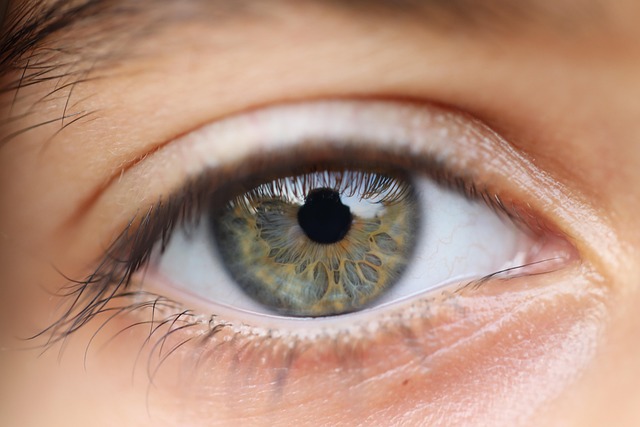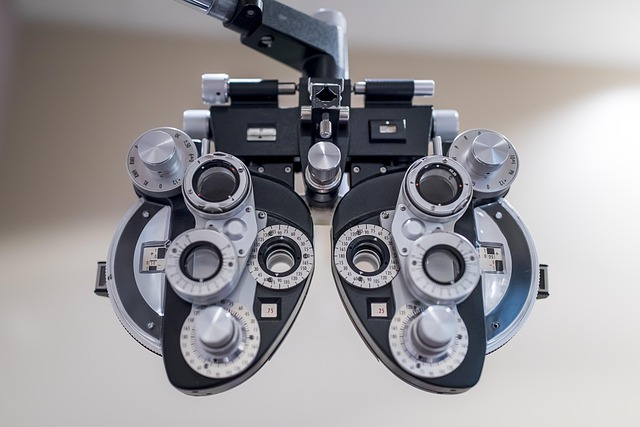Smart doorbells leverage computer vision, AI, and advanced imaging with high-res cameras, night vision, facial recognition, and thermal imaging for enhanced security. Wireless connection through apps enables remote monitoring and communication. Video doorbells with night vision offer 24/7 surveillance, accurate motion detection, and clear identification of visitors in low light, making them essential tools for home security.
“Revolutionize your home security with the latest innovation: smart doorbells equipped with advanced video technology. This article explores the capabilities of a video doorbell with night vision and facial recognition, delving into its working mechanisms and remarkable benefits. We examine how these features enhance safety while raising privacy concerns.
Learn about the seamless integration of smart doorbells into existing security systems, offering a comprehensive guide to transforming your home’s exterior into a high-tech fortress.”
- Understanding the Technology Behind Smart Doorbells
- Benefits of Night Vision in Video Doorbells
- Facial Recognition: Privacy Concerns and Features
- Integrating Smart Doorbells into Home Security Systems
Understanding the Technology Behind Smart Doorbells

The technology behind smart doorbells is a fascinating blend of computer vision, artificial intelligence (AI), and advanced imaging. These innovative devices use high-resolution cameras equipped with night vision capabilities to capture clear images, even in low-light conditions. The heart of the system lies in facial recognition software that can identify individuals from a vast database, making it an effective tool for security and access control.
Additionally, some models incorporate thermal imaging technology, similar to those found in security cameras with thermal vision, further enhancing their capabilities. This feature allows the doorbell to detect body heat, which is particularly useful for identifying visitors even when they’re hidden behind obstacles or wearing clothing that masks their facial features. The wireless video doorbell range ensures a seamless connection, enabling users to monitor and communicate with visitors from anywhere via a smartphone app.
Benefits of Night Vision in Video Doorbells

The integration of night vision technology in video doorbells offers numerous advantages for homeowners seeking enhanced security and peace of mind, especially during low-light or dark conditions. One of the primary benefits is improved visibility, allowing residents to identify visitors clearly from the comfort of their homes, even when natural light is limited. This feature proves invaluable in various scenarios: from welcoming guests early in the morning or late at night to monitoring potential security threats.
A video doorbell with night vision, such as an outdoor wireless video doorbell, equipped with infrared (IR) LED technology, ensures consistent surveillance around the clock. The IR LEDs emit a subtle glow, enabling the camera to capture high-resolution footage in complete darkness. This capability is particularly useful for identifying unfamiliar faces using facial recognition features and activating motion sensors (like those found in a wireless video doorbell with motion sensor) more accurately, even in dimly lit environments.
Facial Recognition: Privacy Concerns and Features

While a smart doorbell equipped with facial recognition offers enhanced security features, it also raises significant privacy concerns. This technology captures and analyzes biometric data, allowing for precise identification of individuals. However, critics argue that such advanced tracking could infringe on personal freedoms, especially when combined with vast databases storing sensitive information. Moreover, ensuring the secure storage and protection of these datasets becomes critical to maintaining user trust.
Despite these worries, the video doorbell with night vision provides notable advantages. It can distinguish familiar faces from intruders, reducing false alerts often associated with traditional motion sensors. Additionally, features like two-way audio communication and real-time notifications enhance security further. The integration of thermal vision door intercoms or motion alert video doorbells (like Wi-Fi security camera doorbells) adds layers of protection, making homes safer while prompting users to take appropriate action upon detection of unknown visitors at any hour, even in complete darkness.
Integrating Smart Doorbells into Home Security Systems

Integrating a smart doorbell equipped with facial recognition and night vision capabilities into your home security system offers a robust layer of protection. These advanced devices go beyond traditional security cameras by identifying visitors, even in low-light conditions or complete darkness, thanks to their integrated video doorbell with night vision. This technology ensures that you’re always alert to unexpected guests or potential threats, providing peace of mind.
By seamlessly integrating such a smart doorbell into your existing home security system, you create a comprehensive surveillance network. It becomes the central hub for monitoring and controlling access, allowing for quick response times in case of any suspicious activity. Moreover, with features like long-distance video doorbells, you can maintain clear visuals from afar, enhancing your ability to verify visitors even when you’re not at home.
A smart doorbell equipped with facial recognition and night vision technology offers enhanced security, convenience, and privacy. By leveraging advanced video analytics, these devices can distinguish familiar faces from intruders, providing peace of mind for homeowners. Integrating such a system into an existing home security network allows for a more comprehensive approach to monitoring and responding to visitors day or night. While privacy concerns around facial recognition are valid, ongoing advancements in technology and responsible usage practices aim to strike a balance between security and individual freedoms, ensuring a safer and smarter living environment.
